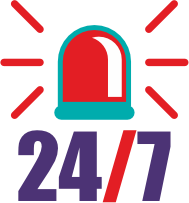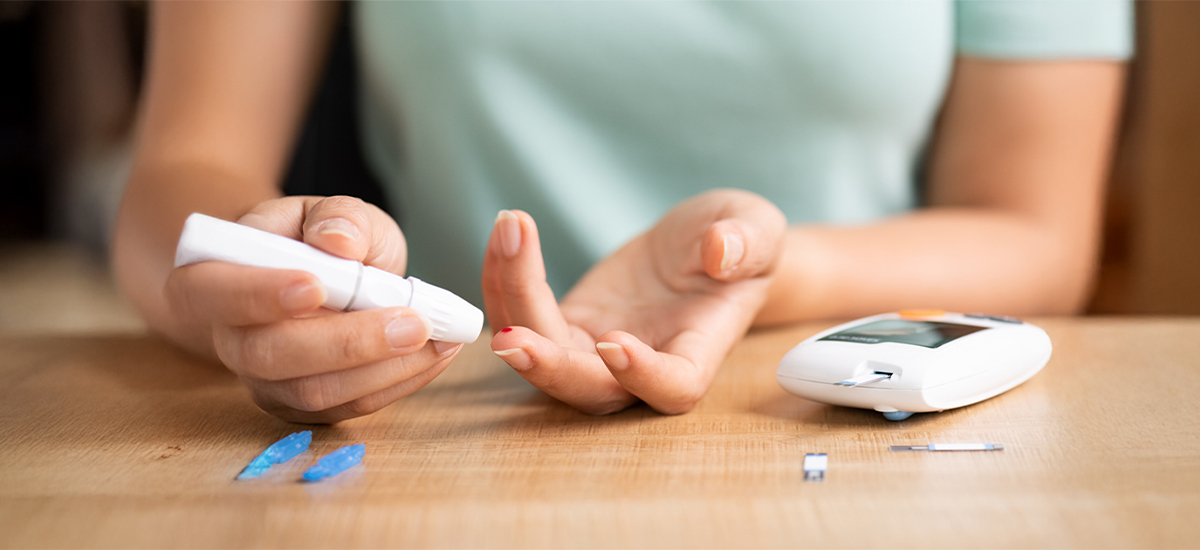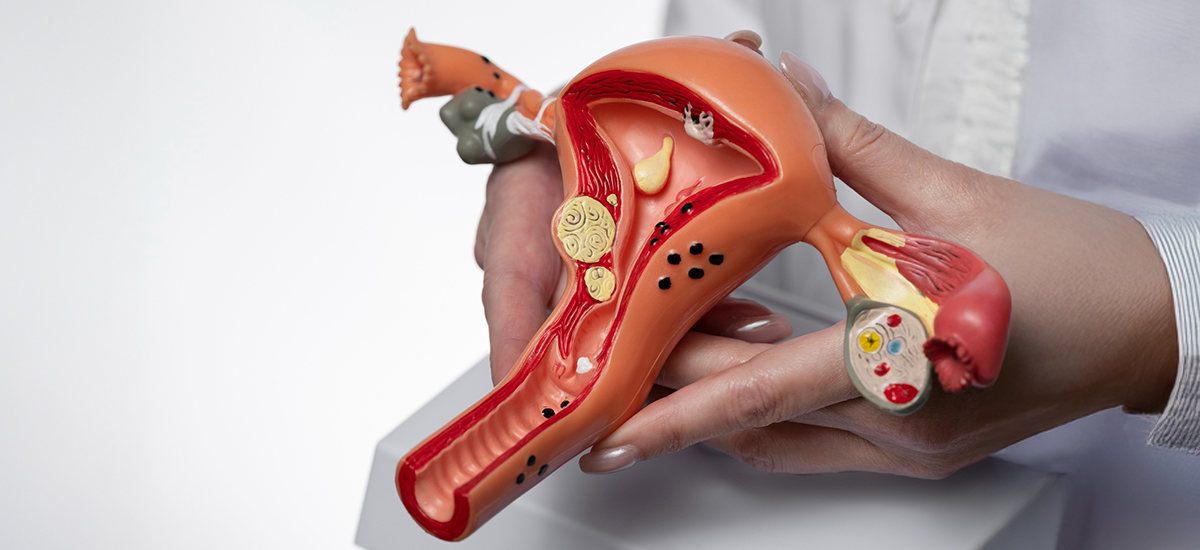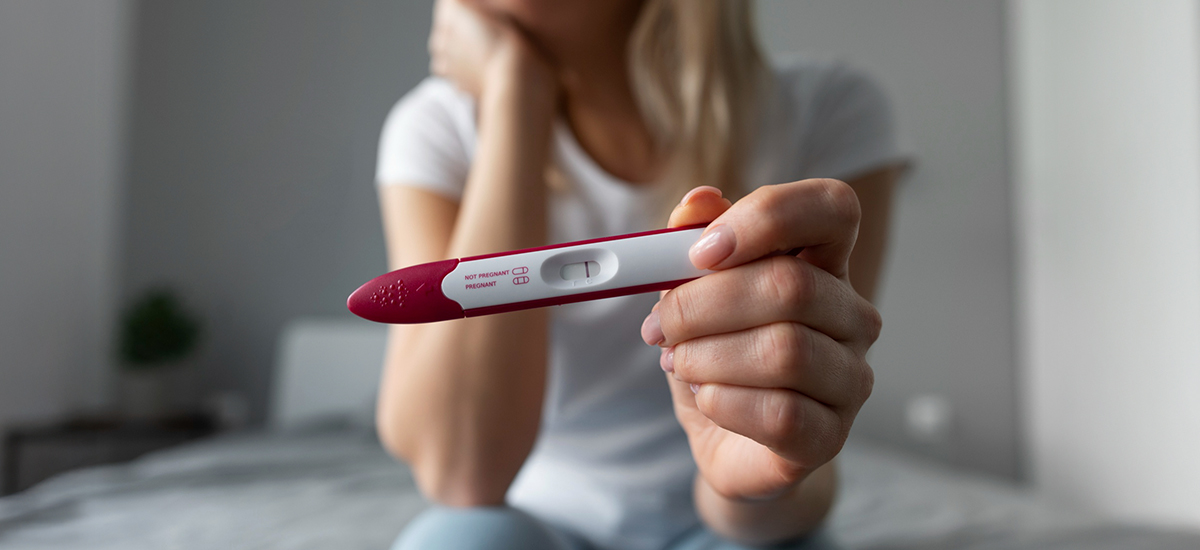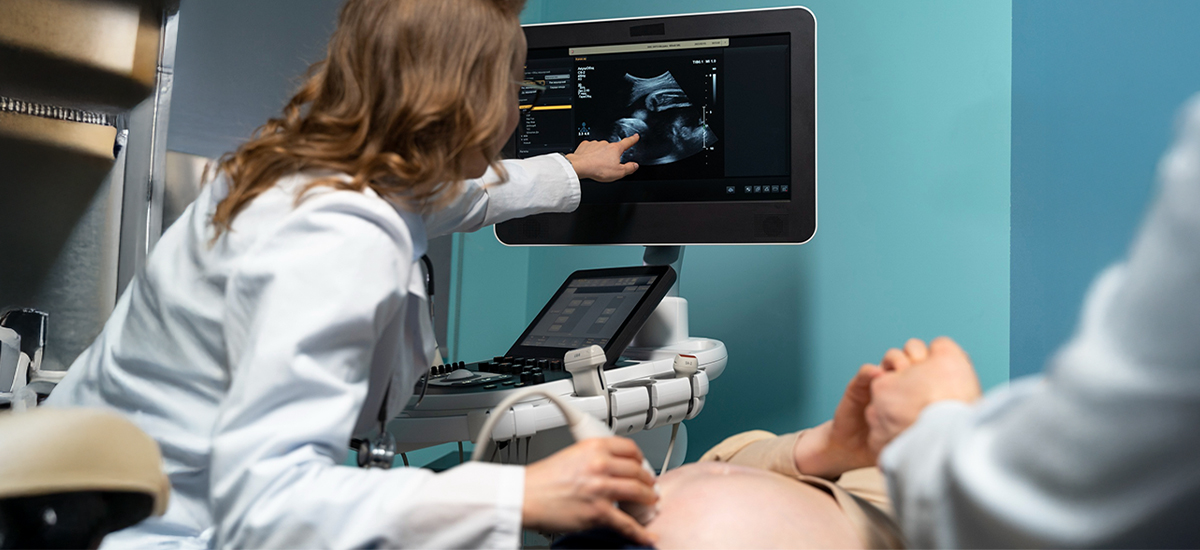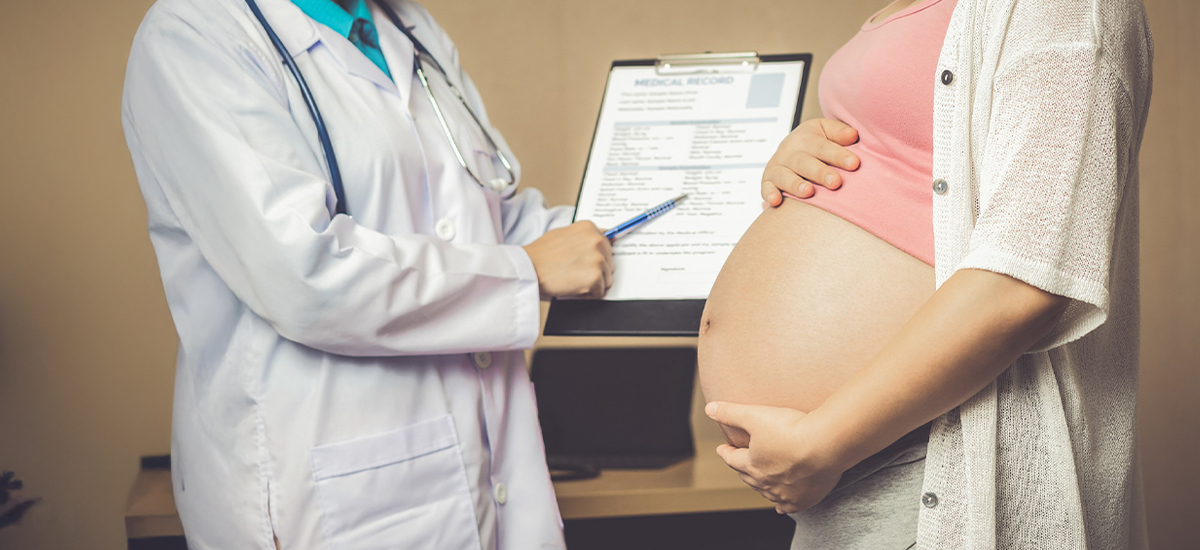Categories
Early Symptoms of Diabetes in Women: a clear, stage-wise guide
Sep 18, 2025
What’s next
Start with one small
scene you can run today; then see how the plan shifts in pregnancy and after
delivery.
Start
here: turn scattered days into one clear picture
Tonight, set your
phone to vibrate at 10 pm, 2 am, 6 am. If you wake to pee twice and need
extra water in the night, note it. Tomorrow, circle any itching/discharge
or burn when you pass urine; take a quick photo of any smooth, darker
skin at the neck/underarms to compare shade next week. If two or more
of these show up across 14 days, book labs (fasting glucose, HbA1c; OGTT
if needed). Numbers that usually confirm diabetes: fasting glucose ≥126
mg/dL or HbA1c ≥6.5% (your clinician will confirm with repeat/second
test).
Why these clues
matter: high glucose
feeds yeast → thrush; sugary urine irritates the bladder → UTIs;
insulin resistance thickens/ darkens skin folds → acanthosis; water
follows sugar → night urination and thirst.
Window
1 — Cycle/PCOS years: the “metabolic hints” phase
Picture Asha, 27.
Periods are irregular. By 5 pm she fades, and her underarm skin looks a shade
darker than last year. Two thrush episodes this month. She isn’t “very
thirsty,” but the pattern is loud.
What Asha does
this week
·
Books fasting glucose + HbA1c (adds OGTT if results are
borderline).
·
Walks 25 minutes after dinner, five nights; swaps juice
for water.
·
Treats the infection and still gets sugars checked (because
infections and glucose fuel each other).
This is how you catch diabetes (or
prediabetes) before classic thirst takes over.
Window
2 — Pregnancy: Gestational diabetes without the guesswork
Meet Meera, 30,
at 26 weeks. She feels fine—no big thirst—but screening is due now.
She drinks a measured glucose solution; blood is checked over set times. The
lab report, not symptoms, decides the next step. If GD is confirmed, Meera gets
targets her team sets (many clinics use fasting <95 mg/dL,
1-hr <140, 2-hr <120) and starts with food, walks, and home
checks; if numbers stay high, insulin is added (safe in pregnancy).
Why this timing
matters: routine
screening at 24–28 weeks catches most GD; a 75-g OGTT at 4–12 weeks
postpartum checks that sugars settled. Many people skip that postpartum
test and miss early type 2—put it in your calendar the day you deliver.
Meera’s day on
treatment (shown, not told)
·
Breakfast 8:00 → checks at 9:00 (<140 mg/dL goal).
·
20-minute walk after lunch.
·
Small roti + dal + sabzi plate; water, not juice.
·
Evening reading shows fasting <95 mg/dL next morning—she’s on
track, baby growth scans stay steady.
Window
3 — Postpartum/perimenopause: the “don’t miss the retest” phase
Kavita, 34,
delivered three months ago after gestational diabetes. Nights feel
thirsty again; thrush returned. She books the postpartum 75-g OGTT (the
most sensitive test this early) and sets annual checks even if normal.
Small changes now—walks, plate method, sleep regularity—cut the chance of
future type 2.
One
7-day plan while you arrange tests
·
Day 1 (morning): book fasting glucose + HbA1c.
·
Days 1–7: log night
peeing, thirst, itching/discharge, any burning urine, afternoon energy dips,
and one neck/underarm photo (same light).
·
Daily: 20–30 min brisk
walk (if medically safe); water instead of sweet drinks; ½ veg, ¼ protein, ¼
grain plate.
Bring the log to your visit; patterns plus
labs make the decision simple.
Red
flags (same-day care)
Severe thirst
plus vomiting; deep fatigue with fast breathing/confusion; fever with back pain
and burning urine; in pregnancy: fewer baby movements, severe headache or
vision changes.
Conclusion
If you came searching “symptoms of diabetes in women,” start by showing your week on paper. When thrush or UTIs repeat, a neck patch darkens, or nights get thirsty, treat the infections—but also test. In pregnancy, let screening and clear targets lead the way, then do the postpartum OGTT so nothing is missed. This is how patterns become a plan—and how you stay ahead of diabetes with calm, concrete steps.

